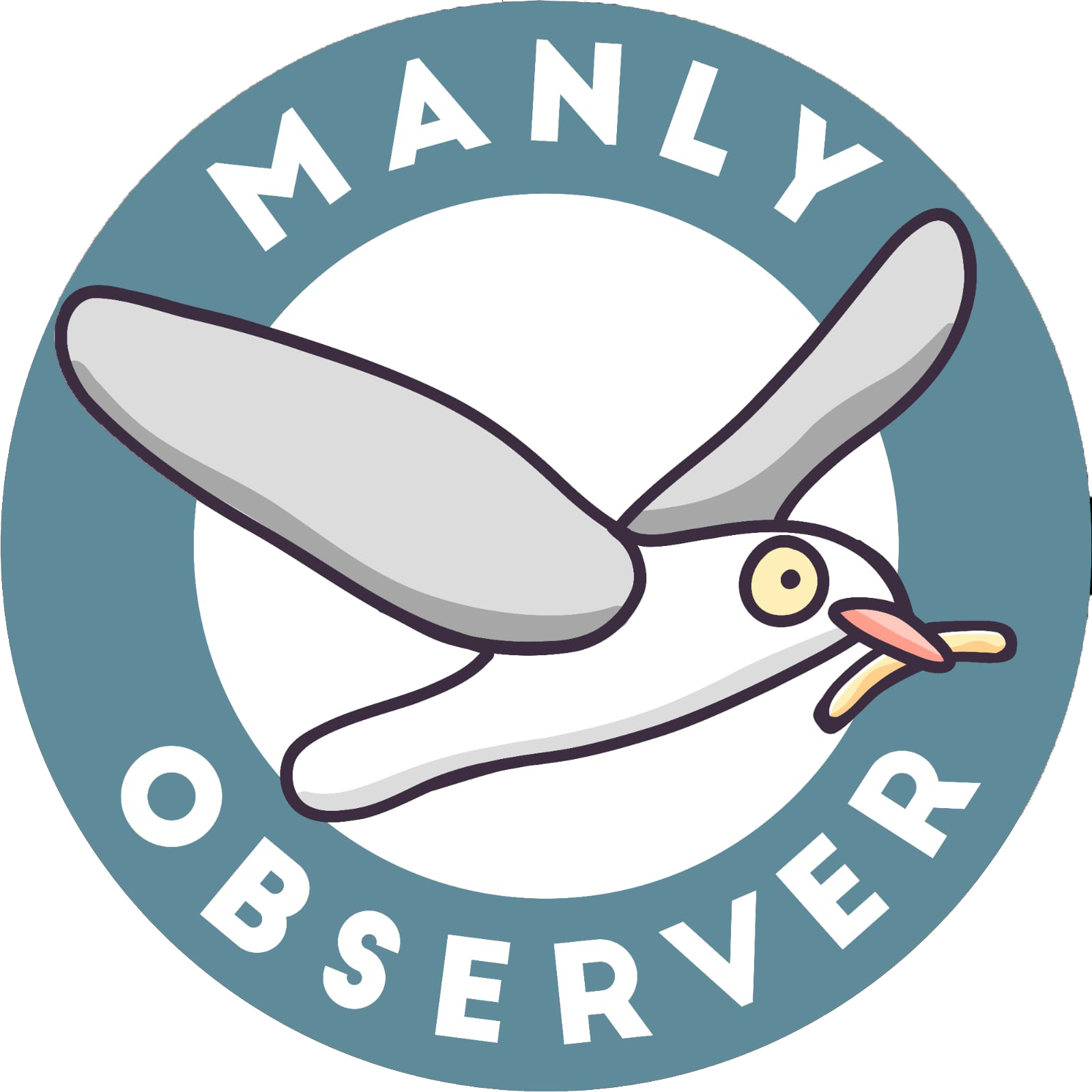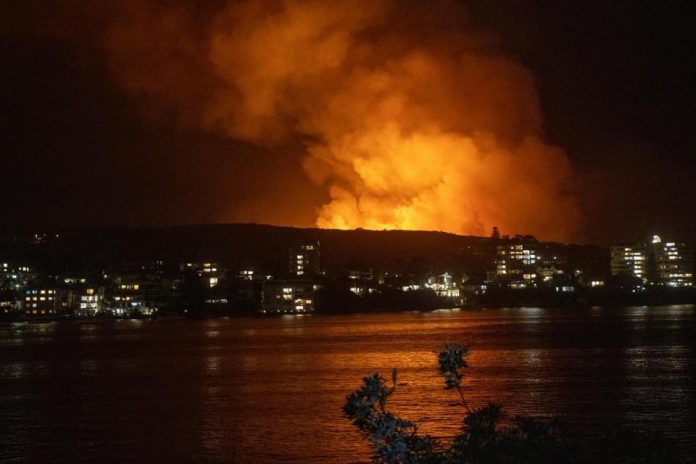A National Parks and Wildlife Service (NPWS)-led hazard reduction burn went awry on October 17 2020 causing a major bushfire across Manly’s North Head. The NPWS had intended to burn about nine hectares of bushland at the headland but it spotted in several locations following strong winds, resulting in widespread fire throughout more than 50 hectares of the National Park.
While the need for hazard reductions is generally understood, locals continue to express concern over the impact this error has had on wildlife, and on the environment generally at the popular locale. Many have said they are perplexed as to why a hazard reduction burn was conducted on a day where strong winds were forecast.
The Manly Observer pulled together the most commonly asked questions we were seeing in the local social groups and put them to powers at be at the NPWS. The Department which overseas this service (Department of Planning, Industry and Environment), responded to us this week in considered detail. We have decided the most beneficial way to share this information is to simply publish those Questions and Answers verbatim.
- Manly Observer (MO): How much area was burnt in the hazard reduction incident in October?
Department spokesperson (DS): The burn was intended to cover 9 hectares. It spotted ahead and burnt an additional 46 hectares.
- (MO) Why did the hazard reduction go ahead with the strong winds forecast?
(DS) Preliminary advice from the review is that the wind was stronger and arrived earlier than had been forecast, which resulted in the fire spotting ahead.
Contingency plans are always in place and as a result the fire was contained overnight.
- (MO) I have heard from various sources that the hazard reduction incident was ultimately “a good thing” as reductions will now not have to go ahead for many years. Is this the sentiment shared by National Parks? If so, why was there not a larger area planned for burn in the first place?
(DS) Almost half of what was burned (23 hectares) was scheduled for a separate hazard reduction burn that will now not be required.
The NSW Bushfire Inquiry and the Royal Commission have identified the need to increase hazard reduction in areas of highest risk, notably in in bushland close to urban areas (eg, North Head).
Consistent with Inquiry recommendations, NSW NPWS has undertaken 22 hazard reduction burns in and around Sydney since July to protect communities and homes from the threat of bushfire.
The objective of the hazard reduction burn at North Head was to protect homes, businesses, visitor infrastructure, water treatment works and other assets from the risk of catastrophic wildfire.
- (MO) Are there any preliminary reports on damage to fauna or any material assets, total costs for repairs etc yet? If so, may I be provided this information?
(DS) As per standard practice a detailed review of the burn is being carried out. Damage was restricted to walking tracks, signs and some fencing.
The Fairfax walk and lookout is closed while repairs are completed and will reopen early in the new year.
Quarantine Station, Collins Beach and Bluefish to Shelley Beach walking tracks are all open.
- (MO) Could you explain why hazard reductions are done by National Parks at times and Rural Fire Service others? Are National Parks staff more or less qualified to undertake them?
(DS) Hazard reductions involving national parks in and around Sydney are typically undertaken collaboratively by NPWS, RFS and Fire and Rescue. This strength of this cross-agency collaborative model was recognised in the NSW Inquiry.
The NSW Govt has recently announced additional resources for fire agencies. For NPWS, this includes 125 firefighters and an extra helicopter.
(MO) Do we have any assessments, or will we have any assessments, on the impact to wildlife ?
(DS)The preliminary assessment is that the burn is not expected to have a significant long term impact on the ecology of North Head.
The Banksia Scrub on North Head requires fire to regenerate and a key risk to the vegetation community has been a lack of recent fire.
There remains a mosaic of burnt and unburnt vegetation across the headland, which meets the habitat requirements for key species. Burns in similar vegetation across Sydney are already showing strong signs of recovery.
INTERVIEW ENDS
Residents concerned for the wellbeing of local wildlife might like to also support the groups that work hard to look after our fauna
https://www.australianwildlife.org
http://www.sydneywildlife.org.au
Video supplied, abridged to show the first 1 minute.



